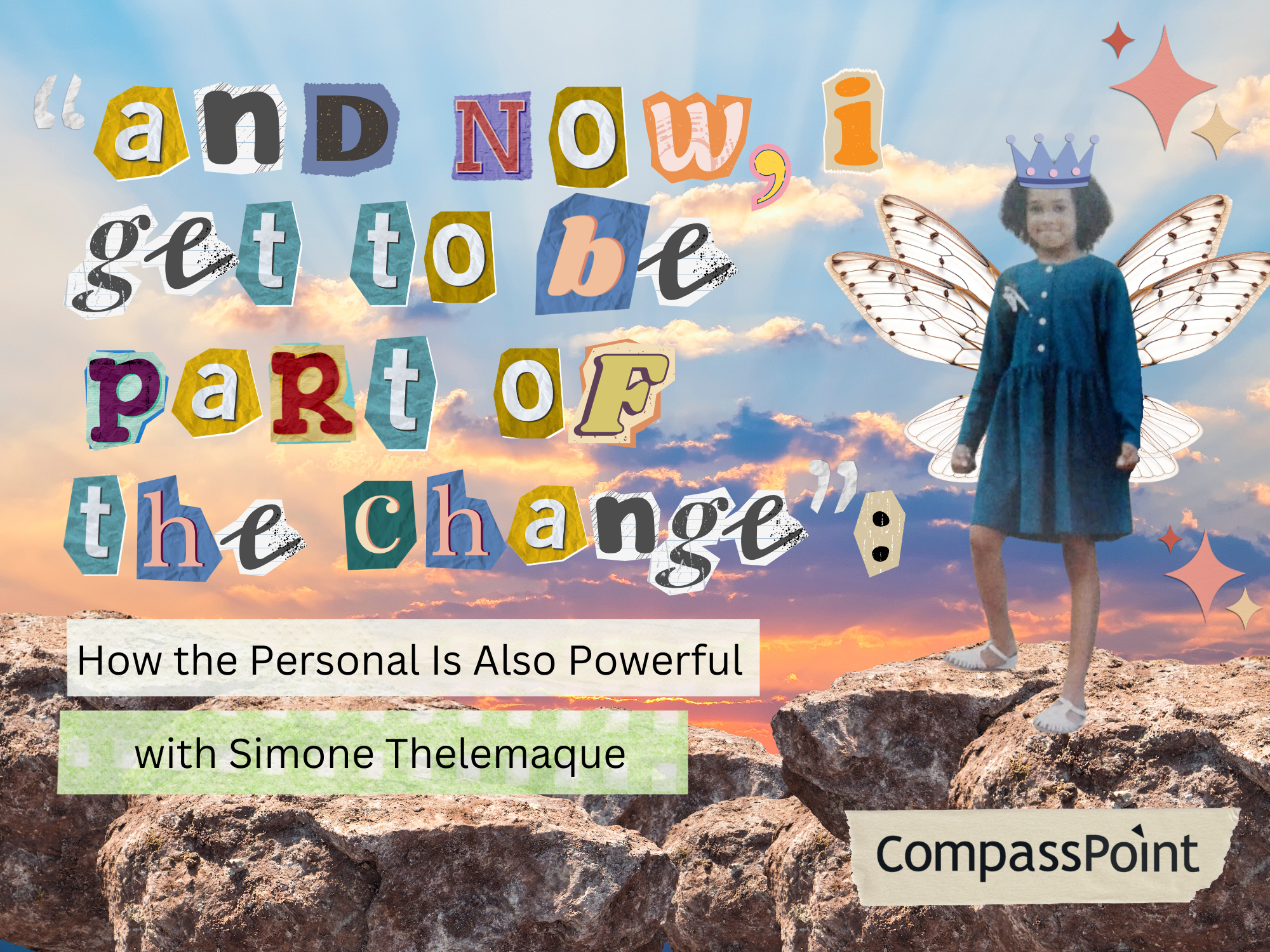There is so much real estate to cover today! I'm chomping at the bit, lining up at the starting gate, and ready to step into the batter's box to discuss nonprofit organizations.
Nonprofits Are Like Houses
A nonprofit organization is like a house. As we all know, you have to build scaffolding so that your organization has a structure to connect the various pieces and prevent silos. This scaffolding enables scalability for future growth. Actually, no, first you start with a foundation. Before scaffolding, you have to start with a foundation—core values, guiding principles, shared purpose, and cement. The cement is the connective tissue that holds everything together. I'd like to think that the cement, or the connective tissue, is your organization's culture. But wait, before culture, or cement, or the foundation, or connective tissue, you have to start with a blueprint. Yes, that's it! A nonprofit organization is like a house because you begin from the beginning: the blueprint. You need an articulated strategy and plan for how you are going to achieve your ultimate purpose, which is to build a house, or end the structures that perpetuate racism and oppression. Either way: it all starts with blueprints, people!
Nonprofits Are Like Ecosystems
Actually, I'd like to take another bite out of this apple. When I think of apples, I think of nature and ecosystems. Therefore, nonprofits are nothing like houses: they are ecosystems! Our nonprofits have to be in relationship to what is happening in our external environments. These environments are dynamic, and when things shift externally, your organization has to shift and reorient as well. There are external inputs into the system—like funding, or capital, or rain—and then the system transforms those inputs into outputs: outputs of impact, or change. No, better yet, we are meant to intentionally disrupt our external environment, and make our cumulative effects large enough to influence and shape external factors. We have to create a punctuated equilibrium! With our blueprints! Hold on, that's not right; I couldn't be more wrong. We need to do the opposite. If this is an ecosystem, then all the elements need to be held in balance, right? So then we're striving for homeostasis, yes? Sorry, I'm confused.
Strategy as a Highway – Or Is It a Blueprint?
Okay, so, I feel like this is getting too into the clouds now. I've lost my thread, or connective tissue. There are so many different onramps onto this highway. You are probably building mental tunnels right now to connect all these meta-concepts together. Let's flip the script to talk about leadership. Now we're cooking with gas! After all, leadership provides the raw fuel that, when harnessed through the engines of nonprofits, can drive social change—right onto these aforementioned highways, of which there are many onramps. But you have to stay in your lane! That is what strategy, when it is not in the form of blueprints, is all about. Unless, of course, you are part of a coalition or in movement building. Then strategy is more like a wheel, and the spokes of that wheel do require connective tissue, so that when you …
Leadership as a Toolbox
No, no, this is about leadership. In leadership, just like in building that house we talked about earlier, the key is to have a toolbox with as many different tools in your leadership toolkit as possible. No, wait, YOU are the tool. It's really about the self as instrument. Hence, developing your instrumentality is the key to being able to drive that car on the social change highway with the wheel of strategy while staying in your lane. Scratch that, leadership isn't about you being a tool. You are the carpenter, and it's how you use the tools. After all, if the only tool in your toolkit is a hammer, then all you see is connective tissue that needs to be hammered through.
So that's it, folks. I've kept the main thing the main thing. Through the power of metaphors, you have learned about nonprofit organizations, strategy, and leadership. I'm sure it's all crystal clear to you now, like seeing through the looking glass. When in doubt, just remember to dance like no one is watching, cross the street like there aren't any cars coming, and water your lawn like there's no drought.
Lupe Poblano has been irresponsibly misusing and mixing up his metaphors for years. You can reach him by email. Follow him on twitter at @LupePoblano.





Submit a comment